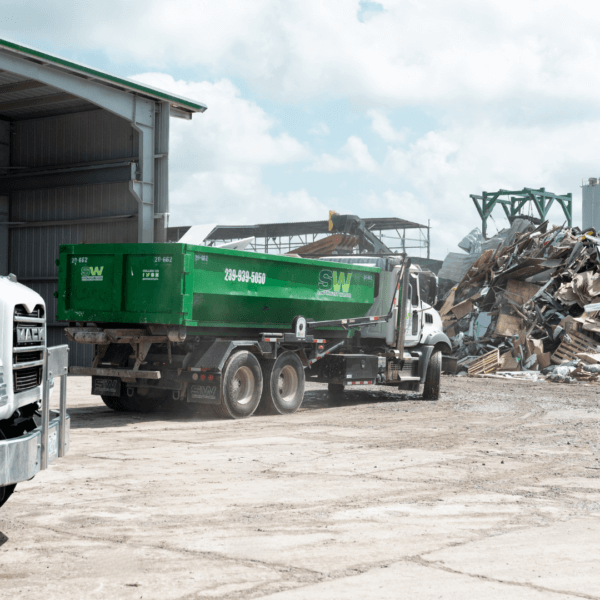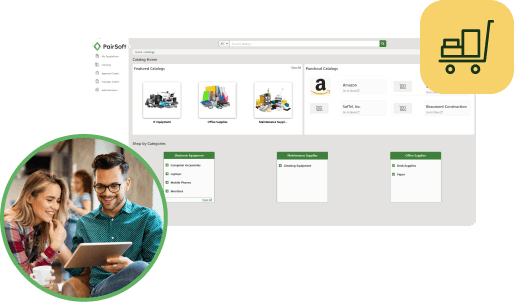
PairSoft
The strongest AP automation, document management, procurement, and fundraising automation platform for mid-market and enterprise companies with integrations to your ERP system.
View all posts by PairSoftPairSoft

A shortage of qualified talent will be a significant obstacle facing procurement agencies going into 2019. The U.S. Bureau of Labor Statistics reports that jobs in logistics are estimated to grow by 26% through 2020. Furthermore, one global study estimated that demand for supply chain professionals exceeds supply by a ratio of 6:1, with some predicting that ratio could be as high as 9:1. A survey by DHL, the logistics giant, revealed the top factors driving the talent shortage:
As procurement professionals’ jobs change, additional skill sets are gaining importance — soft skills like leadership, strategic and critical thinking, creativity, and imagination are now just as vital as the hard skills more typically required in procurement professionals.
Digital technologies including cryptocurrency, blockchain, cloud, internet of things (IoT), artificial intelligence (AI), and robotic process automation (RPA) will continue to gain momentum and become an increasingly prevalent presence in the procurement department. A March 2018 survey conducted by Forrester Research revealed that 60% of enterprise organizations and 54% of midmarket organizations are making accelerating their digital business a top priority.
McKinstry & Company, a leading research agency, found that almost 60% of the hundreds of individual tasks involved in the source-to-pay process have the potential to be fully or largely automated using currently available technologies. Importantly, McKinstry’s study found significant automation potential not only in transactional activities, such as order and invoice processing, but also in much more strategic tasks, such as vendor selection and management.
Cyberattacks are the fastest growing crime in the U.S., and they are increasing in size, sophistication, and cost. There is little doubt that cyberattacks will continue to plague organizations in 2019 — and at a very high cost those affected.
In response to the threat, procurement teams must aggressively protect the sensitive personal and financial information belonging both to their own organizations and to their suppliers.
“Give me the best price and you’ll get the business,” is still the driving force for many procurement organizations. And while the singular focus on cost savings is beneficial in the short term, it can fail as a long-term approach. In the era of big data, it’s now possible and practical to include strategic considerations such as vendor performance, risk analysis, and sustainable practices in procurement decisions. More than half of all midmarket and enterprise organizations surveyed in the Forrester study cited the ability to better leverage big data and analytics as a priority.
Access to data and analytics provide organizations with greater insight into their supply chain. The insight can help procurement professionals improve spend management, detect potential fraud, mitigate risks, and promote more strategic vendor negotiations.
New tariffs on $200 billion worth of products comes on top of the $50 billion worth already taxed earlier this year, meaning nearly half of all Chinese imports into the United States will soon face levies. Due to the volume and variety of goods imported from China, these tariffs can potentially impact the prices of products and services, which directly impacts the procurement department.
Strategic sourcing— the process of developing supply channels at the lowest total cost, not just the lowest purchase price — will become increasingly important as procurement professionals look at add value to help offset rising prices.
2019 promises to be an interesting year, with challenges and opportunities aplenty. We’ve highlighted trends and predictions to watch for here, but strong procurement tools aren’t trendy — they are a fundamental necessity for the continued success of organizations of all kinds and sizes. Learn more through a series of informative webinars.
Talk to an expert today to uncover how your team’s procurement stacks up against the top performers in your sector.



Many organizations start with manual receipt handling, fragmented card feeds and slow AP processes. Implement AI agents to auto-capture receipts, route approvals, enable punch-out buys and post to the ERP.
Result: faster batching, fewer errors and cost savings. “This saves us hours every month.”
Many organizations face slow, paper-heavy AP and fragmented procurement that waste time and inflate costs. AI Agents can automate approvals, PO matching and record sync to improve speed, accuracy and control. Client quote: “It freed up hours and made our process reliable.”
Operational drag and rising costs slow growth: teams waste time on manual tasks, misaligned priorities and opaque processes. AI Agents help automate routine work and coordinate actions across teams. “We’ve lost time to repeats and handoffs,” says a typical client.
Companies struggle with manual procurement, fragmented approvals, and costly integrations that slow growth and obscure spend. Our AI Agents streamline requisitions, POs, and invoice matching to cut manual work and improve visibility. “We were wasting time and missing insights,” says a client.

Many teams start with fragmented PO/AP systems, manual matching and delayed financial reporting. Deploying AI agents to automate PO checks, real-time encumbrance tracking and invoice matching reduces processing time and errors, delivering live budgets and faster closes. “Finally, we can see current balances and approve instantly.”
Many companies juggle growing invoice volumes and legacy systems. They struggle with manual processes, compliance gaps and limited headcount. Our AI Agents automate integrations, enforce rules and surface exceptions. The typical outcome: faster closes and measurable ROI. “We stopped chasing invoices.”